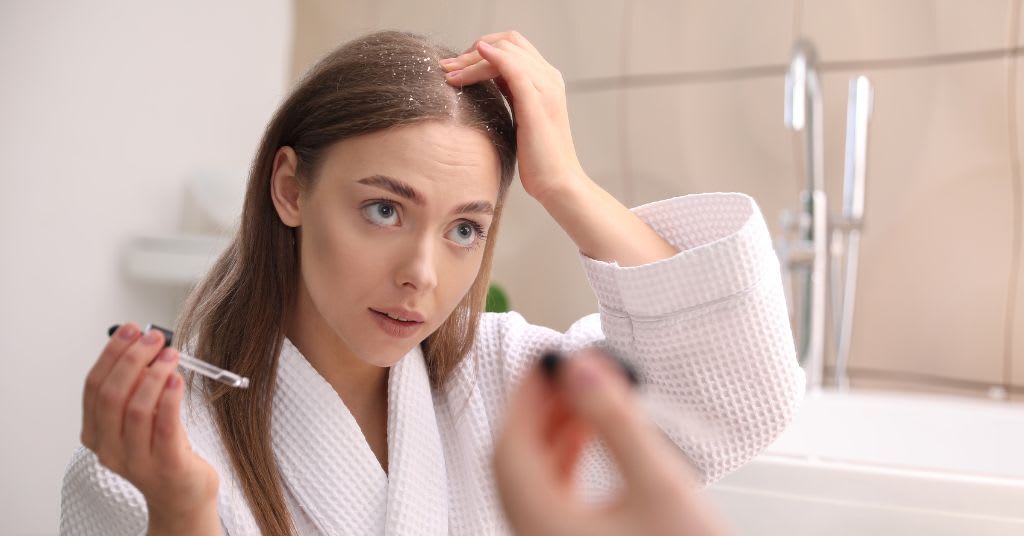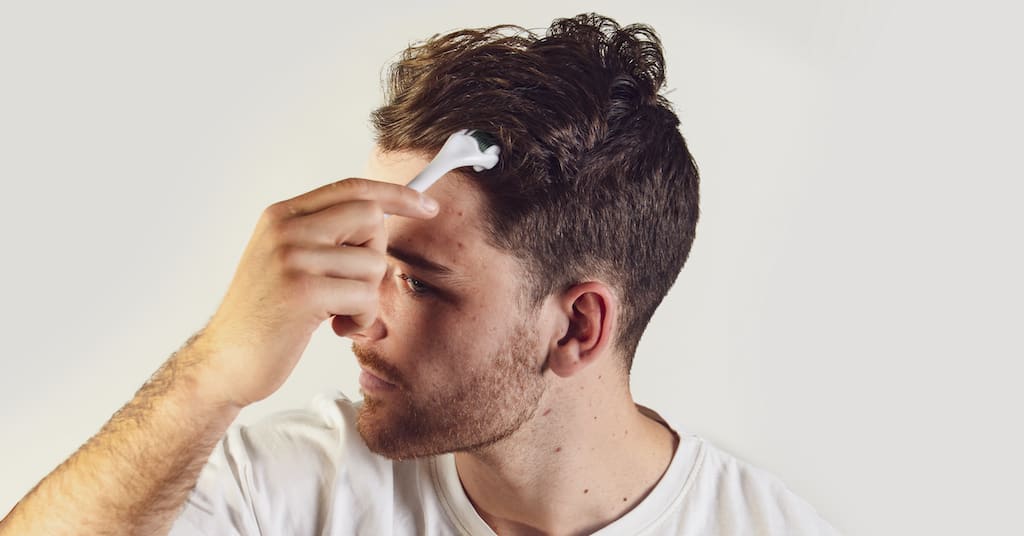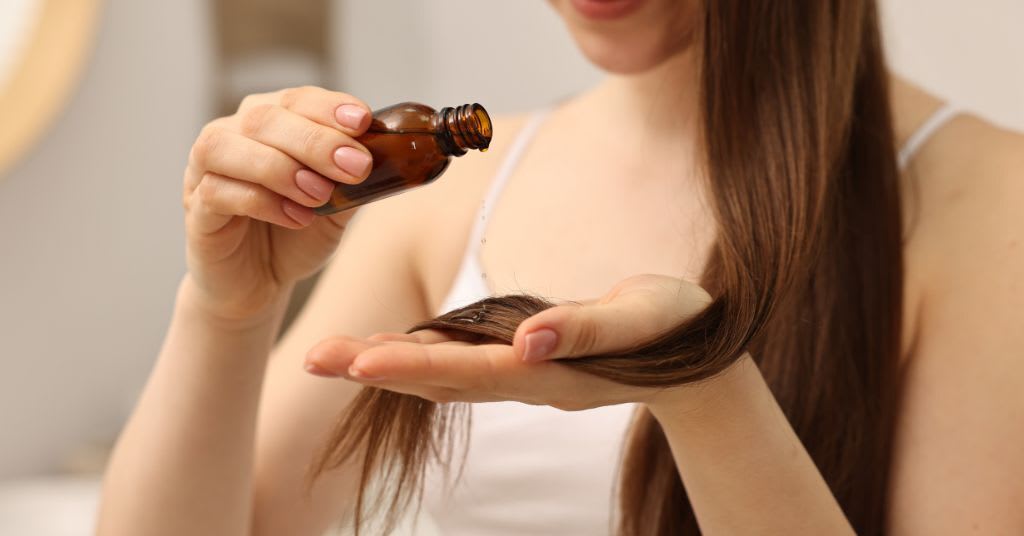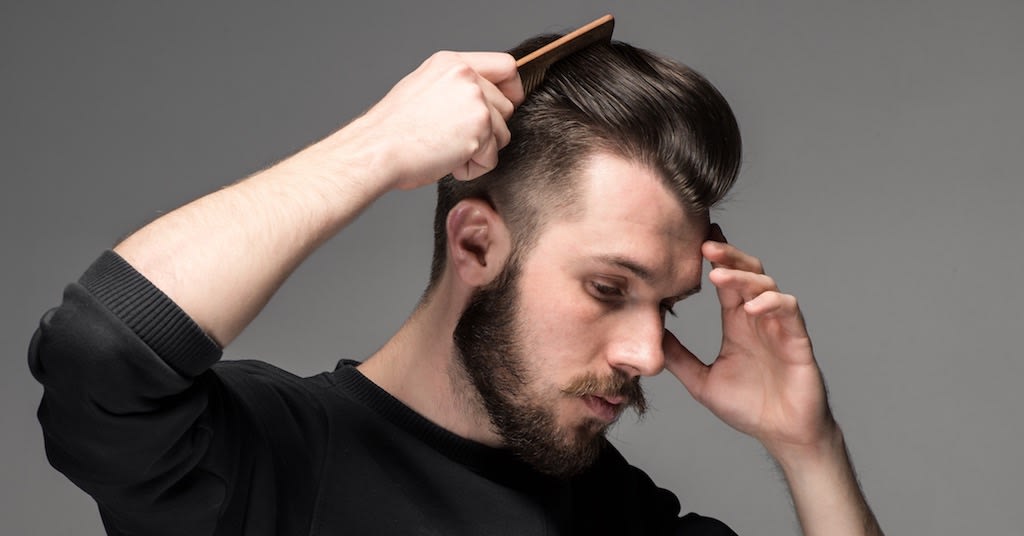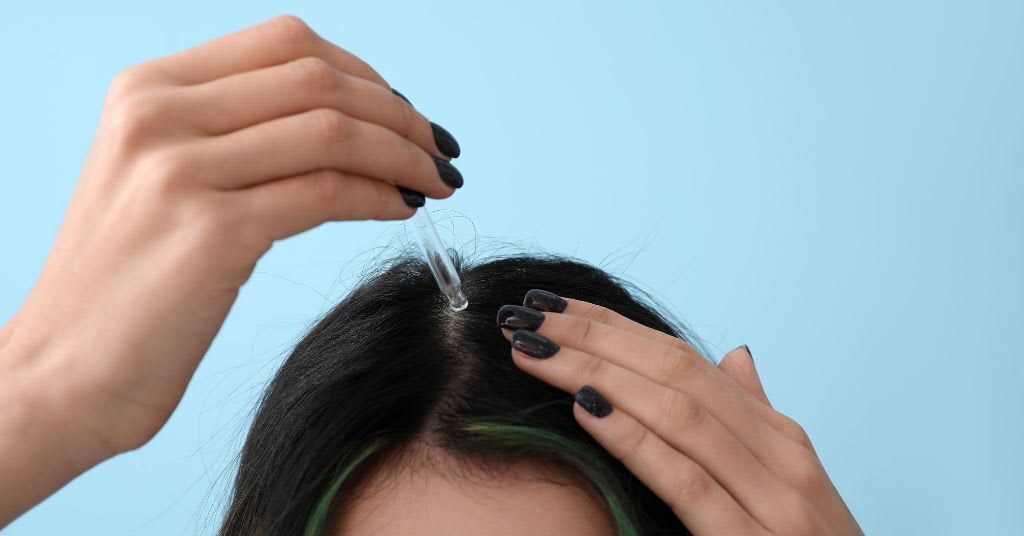If you’re struggling with hair loss or just looking to give your locks a little extra oomph, you’ve probably heard of minoxidil. This treatment has been a trusted option for decades, and while it’s celebrated for its effectiveness, the reality is that you won’t wake up with a full head of hair overnight. Real, lasting minoxidil results take time and a bit of commitment.
In this article, we’re breaking down what you can realistically expect along your hair regrowth journey, sharing timelines and tips that could help boost your minoxidil results every step of the way.
How Minoxidil Works
Originally developed as a blood pressure medication, minoxidil caught researchers’ attention when they noticed it could kickstart hair growth. 1 Experts believe that minoxidil helps hair growth by:
- Increasing blood flow to your hair follicles.
- Prolonging the anagen (growth) phase of hair.
- Encouraging hairs to enter the growth phase more consistently.
- Enlarging miniaturized follicles so they have a better chance to produce thicker strands. 2
It is important to note that minoxidil is not a cure for hair loss. Instead, it is a treatment that must be used consistently over time. Discontinuing its use often leads to a reversal of the progress made, with hair loss gradually resuming. For long-lasting minoxidil results, it is important to use the medication consistently. 1
What to Expect in the First Month
When you first start using minoxidil, it’s natural to hope for immediate results. However, your first month is less about dramatic changes and more about laying the groundwork for minoxidil results later on.
- Initial shedding: It might seem counterintuitive, but hair shedding is a normal part of the process. The extra hair falling out is often old hair, making room for new, stronger strands. While it might be a little disheartening at first, this shedding is usually temporary. 1
- Building a routine: The key during this time is to build a routine. Even if you don’t see minoxidil results in the first month, sticking to your routine is essential for long-term success.
Two Months: Early Signs of Change
Now that you’ve gotten through the initial adjustment period, the two-month mark is when many users begin to notice some changes.
- Initial new growth: Around two months, you might begin to see the first signs of improvement. This can include a slight increase in hair density or a reduction in shedding. While these changes might not be dramatic, they are a promising indicator that minoxidil is starting to work.
- Stay consistent: Although you may see these early improvements, it’s important to stay consistent with your routine. Missing doses may decrease the effectiveness of minoxidil results. 1
At two months, minoxidil results might be subtle, but they’re definitely a step in the right direction.
Six Months: Noticeable Improvements
By the six-month mark, many users see a significant change in their hair. If you’ve been patient and consistent, your minoxidil results should be becoming more noticeable.
- Thicker and fuller hair: At this point, many users notice that their hair appears thicker and fuller. The improvements in density and overall hair quality are clear signs that the treatment is working effectively.
- Keep up the routine: It might be tempting to think you’ve “made it” once you start seeing results, but maintaining your regular minoxidil routine is crucial. Stopping or reducing the frequency of application could mean losing the minoxidil results you’ve worked so hard to achieve. 1
One Year and Beyond: Long-Term Maintenance

For those who have stayed committed, the one-year mark is when minoxidil results really shine.
- Optimal hair growth: Research shows that most people experience peak hair growth after a year of using minoxidil. 3
- Ongoing maintenance: One important thing to remember is that minoxidil isn’t a permanent cure for hair loss — it’s a long-term treatment. Once you’ve reached the one-year milestone, you’ll need to continue using the product to maintain your minoxidil results. Discontinuing use might lead to a reversal of the progress you’ve made. 1
- Possibility for complementary treatments: Some users explore additional options, like pairing finasteride with minoxidil or incorporating supplements, to further enhance their minoxidil results. Visit MailMyMeds to learn about more hair loss treatments.
Factors That Can Influence Your Results
While the timeline above provides a general idea of what you might expect, several factors can affect your minoxidil results. Understanding these variables can help you set realistic expectations and adjust your approach if needed.
- Sticking to the routine: For minoxidil to work its magic, it must be used consistently.
- Your starting point: If your hair loss is in the early stages, you might notice improvements more quickly than someone with more advanced thinning. The condition of your hair at the start of treatment can greatly influence how visible the minoxidil results are over time. 4
- Nutrition and sleep: Your overall health plays a big role in how well your hair grows. A balanced diet rich in vitamins and minerals, regular physical activity, and sufficient sleep can all contribute to better hair health.
- Medical conditions: Health issues like stress or nutritional deficiencies can interfere with hair growth. If you suspect that an underlying condition might be affecting your minoxidil results, it’s a good idea to consult with a healthcare provider for a comprehensive evaluation.
- Hair care: The products you use and how you treat your hair can affect your minoxidil results. Avoid harsh chemicals and extreme heat styling, which can damage hair. A gentle hair care routine can support the benefits of minoxidil. 5
Tips for Maximizing Your Results

No treatment is one-size-fits-all, but there are several best practices you can follow to maximize your minoxidil results:
- Be consistent: Make minoxidil a non-negotiable part of your daily routine.
- Track your progress: Consider keeping a journal or taking photos periodically. Noticing even small changes can boost your morale and help you understand how your treatment is working over time.
- Consult a professional: If you have concerns or questions, talking with a dermatologist or healthcare provider can offer personalized advice. They can also help you explore additional treatments that might work well in combination with minoxidil.
- Adopt a healthy lifestyle: Good nutrition, regular exercise, and quality sleep all contribute to overall hair health. Remember, your body’s overall condition plays a big role in how well your hair grows.
- Manage stress: Incorporate stress-reduction techniques into your routine. Whether it’s meditation, yoga, or simply taking time to relax, reducing stress can enhance the benefits of your hair treatment.
Conclusion
So, how long does minoxidil take to work? The answer isn’t the same for everyone — it depends on a mix of factors, including your consistency with treatment, the severity of your hair loss, and your overall health. Many users may see subtle improvements in two months and more noticeable changes around six months, and the best results typically appear after a year of steady use.
If you’re ever in doubt, don’t hesitate to reach out to a professional. A healthcare provider or dermatologist can provide guidance tailored to your specific situation, help you set realistic goals, and suggest complementary treatments that might enhance your results. For more information about minoxidil, visit our minoxidil blog.
The content in this article is intended for informational purposes only. This website does not provide medical advice. In all circumstances, you should always seek the advice of your physician and/or other qualified health professionals(s) for drug, medical conditions, or treatment advice. The content provided on this website is not a substitute for professional medical advice, diagnosis, or treatment.
